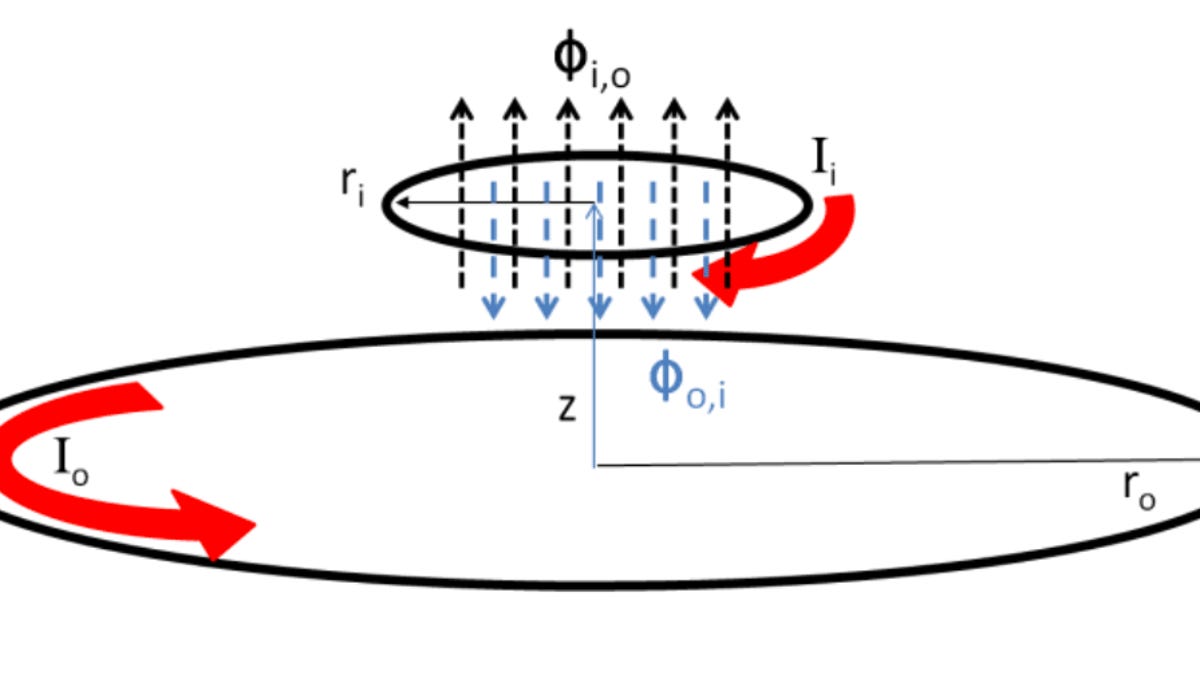Intel joins A4WP, a newcomer to wireless power standards
The chipmaker joins Qualcomm and Samsung by signing up for the Alliance for Wireless Power's technology, which uses near-field magnetic resonance to top up batteries in phones, tablets, or laptops.

Wireless charging isn't a very useful idea if every device needs a separate charging station, which is why it's notable that Intel has joined a newer consortium called the Alliance for Wireless Power
The chipmaker got itself a seat on A4WP's board of directors, joining Samsung, Qualcomm, Broadcom, Integrated Device Technology, and Gill Industries, the consortium said Wednesday in a statement (PDF).
Intel likes A4WP because the technology extends not just to mobile phones but also laptops. Here's how Navin Shenoy, vice president of Intel's PC client group and general manager of its mobile client platform division, put it:
Intel believes the A4WP specification, particularly the use of near-field magnetic resonance technology, can provide a compelling consumer experience and enable new usage models that make device charging almost automatic. In joining A4WP, we look forward to working alongside other member companies and contributing to standards that help fuel an ecosystem of innovative solutions capable of simultaneously charging a range of devices, from low-power accessories to smartphones, tablets and ultrabooks.
Wireless charging stations, in principle, let people drop their phone on a mat or their laptop on a desk and let the proximity to charging equipment top up the battery. Stations could also be put on bedside tables and in airport lounges, car dashboards, cafes, and other places where people are likely to benefit from a charge -- particularly since actively used smartphones today often can't last a day on a single battery charge.
The problem with standards, as the saying goes, is that there are so many to choose from. Wireless charging incompatibilities threaten to make the technology as unpleasant as trying to match U.K. power plugs with U.S. power sockets.
Another group trying to establish wireless charging technology is the Wireless Powwer Consortium, whose standard is called Qi. It's got notable members, too -- including Samsung, LG Electronics, Huawei, Motorola Mobility, Energizer, Panasonic, Sony, and Verizon Wireless. Another option is the Power Matters Alliance, whose members include Powermat Technologies, AT&T, Starbucks, Samsung, HTC, Huawei, and Sharp.
Although Samsung is a member of all three groups, it's clear which approach it prefers: it helped to found A4WP in 2012 along with Qualcomm.

